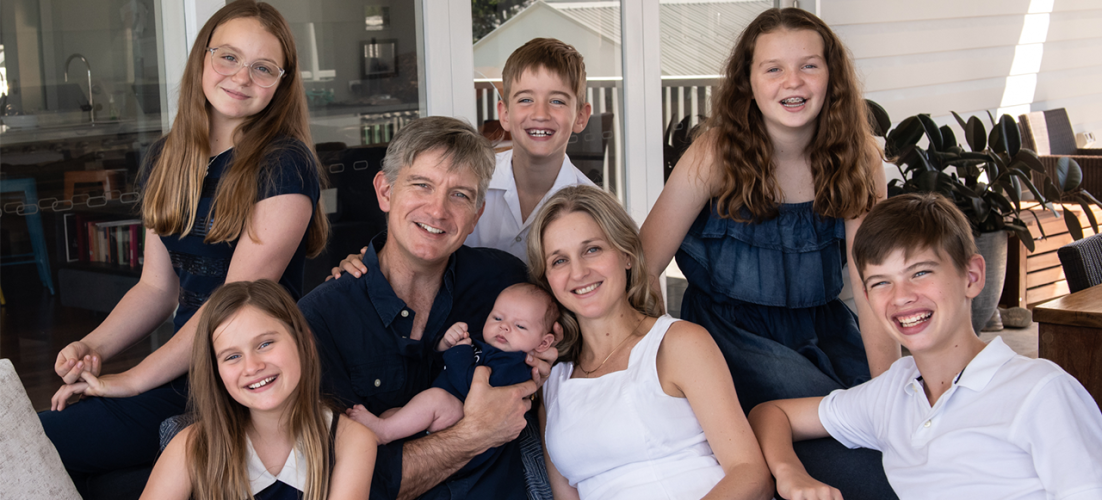Being a woman, a Mum and a doctor in training
by Dr Rachele Quested, Radiology Registrar, Co-Deputy Chair, Committee of Doctors in Training

I began medical training wanting to be an orthopaedic surgeon. I had always achieved my life goals literally through working hard, studying, and excellent time management. In medical school, as a single parent the other side of thirty, I was already an outsider. I remember incredulous looks sometimes from tutors in medical school that turned into spoken words in my early working years. I passed all my exams during medical school, and, so far, post graduate medical exams. Despite this, insidiously but ever more prominently the fact that I had to leave to pick up children, I could not come in on public holidays to attend extra lists to learn techniques and the weight of well meaning but negative comments, led me to change path. This, plus the fact that there are about 140 Principal House Officers in Queensland vying for 6-10 places on the orthopaedic program each year!
Consultants will often counsel trainees to consider life as a consultant when considering the training program they should pursue. This is reasonable and fair – after all you will spend decades doing this job. What they may fail to realise or remember is how difficult getting on to a program and completing that program can be. How difficult it is to have a regularly changing roster, moving hospitals and trying to maintain consistent child care and even getting dinner on the table on a daily basis. Perhaps sometimes the trauma of training gets buried and smoothed out after a few years of distance. Perhaps too they were able to complete training prior to beginning a family or taking on a caring role. I think the most fortunate and successful were those who found a mentor early in their career and had supportive seniors doctors along the way.
I am so happy to be a radiology trainee – I love my specialty and the training opportunities I have been given. Radiology has relatively more women than surgery – Queensland Health numbers say that around 75 per cent of radiology consultants are male compared to 96 per cent of orthopaedic consultants. This creates increased opportunity to train with people who can empathise, energise and teach. In corporate research gender parity is recognised as a way of improving productivity and performance. Work is being done at many levels currently to achieve this and some colleges are further ahead in this than others. However, medical training programs have a long way to go.
Australia has had gender equity in medical students for decades. Unsurprisingly this has not translated into equitable representation for women in many specialty fields, hospital leadership, research or medical school deans. The aptly named 'pipeline theory' (pipe dream anyone) that increasing the numbers of the lowest denominator in medicine – medical students, would lead to a swelling in their ranks upstream without any further intervention is naïve at best. Women, often primary care givers and mothers with responsibilities outside work, require extensive work place cultural change and changes to selection and training procedures to achieve parity. This could read as parents – changes would assist fathers be involved in child rearing and medical training. Women also approach work and training differently, factors that have been written about more extensively in corporate culture. A recent review article in MJA, investigating the experiences of mothers pursing a career in medicine, concluded that notable barriers exist however no relevant studies have been conducted in Australia or New Zealand. Additionally there are few policies supporting pregnant doctors, supporting maternity leave or assisting return to work after giving birth.
There are many examples of incredible female doctors breaking these barriers at every level and each of these should be celebrated. Long overdue though, is the idea that women achieving their goals within medicine should be expected not unusual. Medicine is a competitive field with huge numbers of incredibly intelligent people competing for limited places. Gender and family should not be a consideration in that process. Talk is easy – we need medical leaders at all levels to actively pursue this issue for the benefit of our entire medical community and the public that we serve.